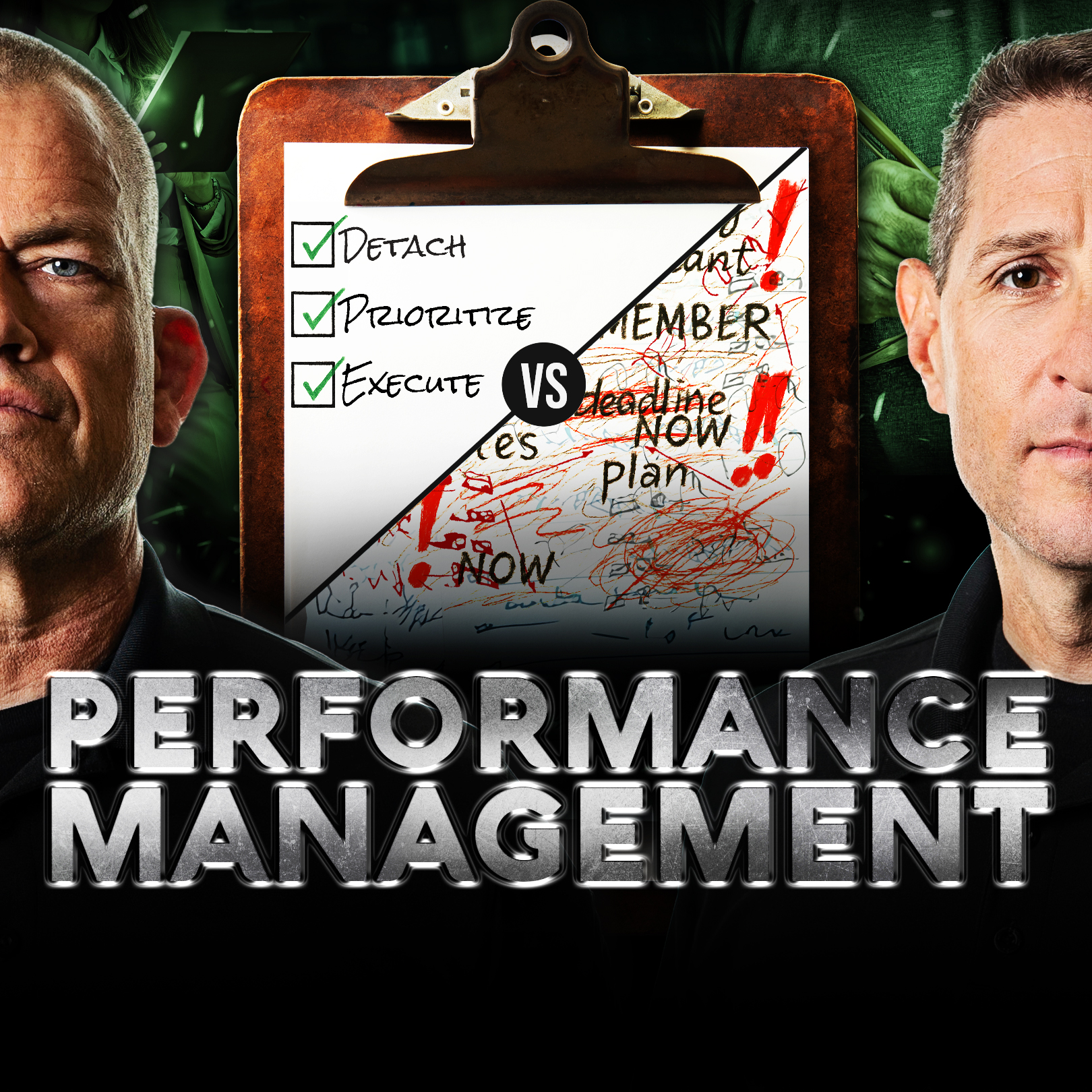One of the primary functions of a Leader is to help their team and all of its individual members reach their greatest potential. While helping people become better at their jobs mostly occurs at work, your support will positively affect all other aspects of their lives.
Naturally, the abilities and skills of any team are going to be varied. I saw this variety in the Marine Corps, and it is true in the civilian world as well. Some individuals will be closer to their potential than others. However, regardless of how far along that path a person is, there is always room for improvement, and thus, it is a leader’s responsibility to develop a performance improvement plan for everyone on their team so that the team as a whole can be the best it can be.
What is a Performance Improvement Plan?
In order to improve any aspect of our lives, we have to be intentional about it. We must develop a plan, execute that plan, and then debrief on how that execution went so we know where we need to make adjustments.
The same is true for a performance improvement plan. Essentially, what is a performance improvement plan is a series of achievable and measurable steps from a beginning point to an ending point that can be traversed in a certain time period. In this case, the beginning point is the current level of an individual’s performance. The ending point, on the other hand, is where we want their performance to be by the end of the time period.
When you know the starting point and you know the ending point, all that is left is to determine the steps that need to be taken.
A Performance Improvement Plan Utilizes the Four Laws of Combat Leadership
Every problem in business and life is a leadership problem. Improving performance knowing what does performance improvement plan meanand creating a performance improvement plan are no different. The key, as with all leadership problems, lies within the Laws of Combat Leadership.
Cover and Move:
Helping a team member to build a performance improvement plan is the epitome of Cover and Move. This is due to several factors. First, Cover and Move at its core is about supporting the team and your teammates. And by creating a performance improvement plan, you are doing both simultaneously. So often, when a teammate is underperforming, people will seek to blame them and seek to vilify them. When we do this, silos abound, and the team suffers. Instead, we need to see this as an opportunity to help them improve. And when we help them improve, that will help the team. When the team wins, everyone wins.
Relationships are a vital tool in Cover and Move and are especially important when it comes to creating a performance improvement plan. In order to help someone improve, we have to know what their skill sets are. We have to know how they learn. We have to know how far they can be stretched. We have to have influence over that person. And, the only way to know any of this or to have any influence is to have a good relationship. An added bonus of helping someone else improve is that not only will they get better, but when you help them, the relationship will improve significantly.
Simple:
The second Law of Combat is possibly the most fundamental component of a performance improvement plan. It is our natural human tendency, when planning or sharing information, to overcomplicate things. And when plans or information are too complex, they are rendered essentially useless. When the team or a person doesn’t understand, they can’t execute. Thus, if your performance improvement plan is too complex, it can never be effectively followed and will fail.
Thus, we must ensure that any performance improvement plan we create is simple, clear, and concise. Only by making it so can it be understood, subsequently followed, and proven to be effective.
Additionally, we have to make sure that the plan is actually understood by the person for whom the plan is. The way that we can verify this is by utilizing the Readback. After we present the plan, we ask for a Readback to ensure we have properly simplified the plan and explained it in an understandable way. Only when the Readback comes back as expected can we be confident that this person will be able to follow a performance improvement plan and get better.
Prioritize and Execute:
As human beings, when we have a lot to do or a long, laborious process to follow, we tend to lose focus and either focus on too many things or focus on the wrong priority. A performance improvement plan is especially susceptible to this tendency because improving one’s performance is quite often uncomfortable, embarrassing to the ego, and mentally difficult. These three challenges will quite often cause us to focus incorrectly.
Thus, not only do we have to know what is a performance improvement plan and the proper order of importance, but we also have to support the individual or the team in staying focused on the proper priority and not allowing them to rationalize reasons to do otherwise.
Lastly, we have to help the person see that the performance improvement plan does indeed have a place in their list of priorities alongside the daily tasks they are responsible for.
Decentralized Command:
A performance improvement plan is not only an opportunity to help another person improve in their skills as a team member, but also as a Leader. The core principle behind Decentralized Command is that everyone is a Leader. Regardless of their skillset in either their regular job or their Leadership capabilities, we need to constantly seek ways to allow the people on our team to lead.
Developing a performance improvement plan is just such an opportunity. One of the best ways to ensure adherence to a plan, buy-in to a plan, and understanding of a plan is to allow the other person to develop that plan. As well as we can know a person’s capabilities, ability to understand things, and how they best learn, the actual person will have an understanding of these things that we could almost never achieve. Thus, all that we need to do is supply them with the end-state or the Commander’s Intent of where we want to see them at the end of their performance improvement plan. Then, let them build the plan. As with any time we allow others to lead, we must ensure that the plan will meet our Commander’s Intent and follow-up, but allowing the person whose performance needs to improve the ability to develop their own performance improvement plan is the most effective decision we can make.
Tactics to Build A Performance Improvement Plan
The Laws of Combat provide the bulk of the philosophy and tools necessary to develop and execute a performance improvement plan. However, two further tactics can assist in the process.
Iterative Steps:
As with any long-term plan or big decision, a performance improvement plan must be executed iteratively or in small, sequential steps. One of the worst things that one can do when developing a performance improvement plan is to push the person too hard, ask too much of them, or overexert their capabilities with any particular step. Doing so will likely result in failure, which can cause a loss of confidence in themselves and the plan. When improving performance, confidence, and morale are a necessity.
Thus, we must ensure that each step of the plan is small and achievable, yet must also stretch their capabilities slightly so that they can grow in order to achieve it.
Debriefing:
An essential tactic in improving performance is executing regular debriefs. The debrief allows for open discussion about how the execution of the plan is going, what adjustments need to be made, and how you can provide greater support and mentoring to the person undergoing the performance improvement plan.
You must ensure that, throughout the process, you are taking the time to debrief at least at every step. You need to ask: what went right? What went wrong? What can we do better? Only through debriefing can you make adjustments to ensure that the plan continues to be effective and has the intended effect.
Conclusion: Take Extreme Ownership of Your Team’s Performance
As the Leader of a team, it is your responsibility to ensure its success. You must make sure that the team is reaching its greatest potential or is on a path to do so.
While it is essential that you take ownership of this, that does not mean that you must do everything. Ultimately, the team members in question are the ones to implement the plan. However, you must allow them the opportunity to lead and be sure to support them as they need throughout the process.
It is only by working together as a team that any team can reach its greatest potential.



